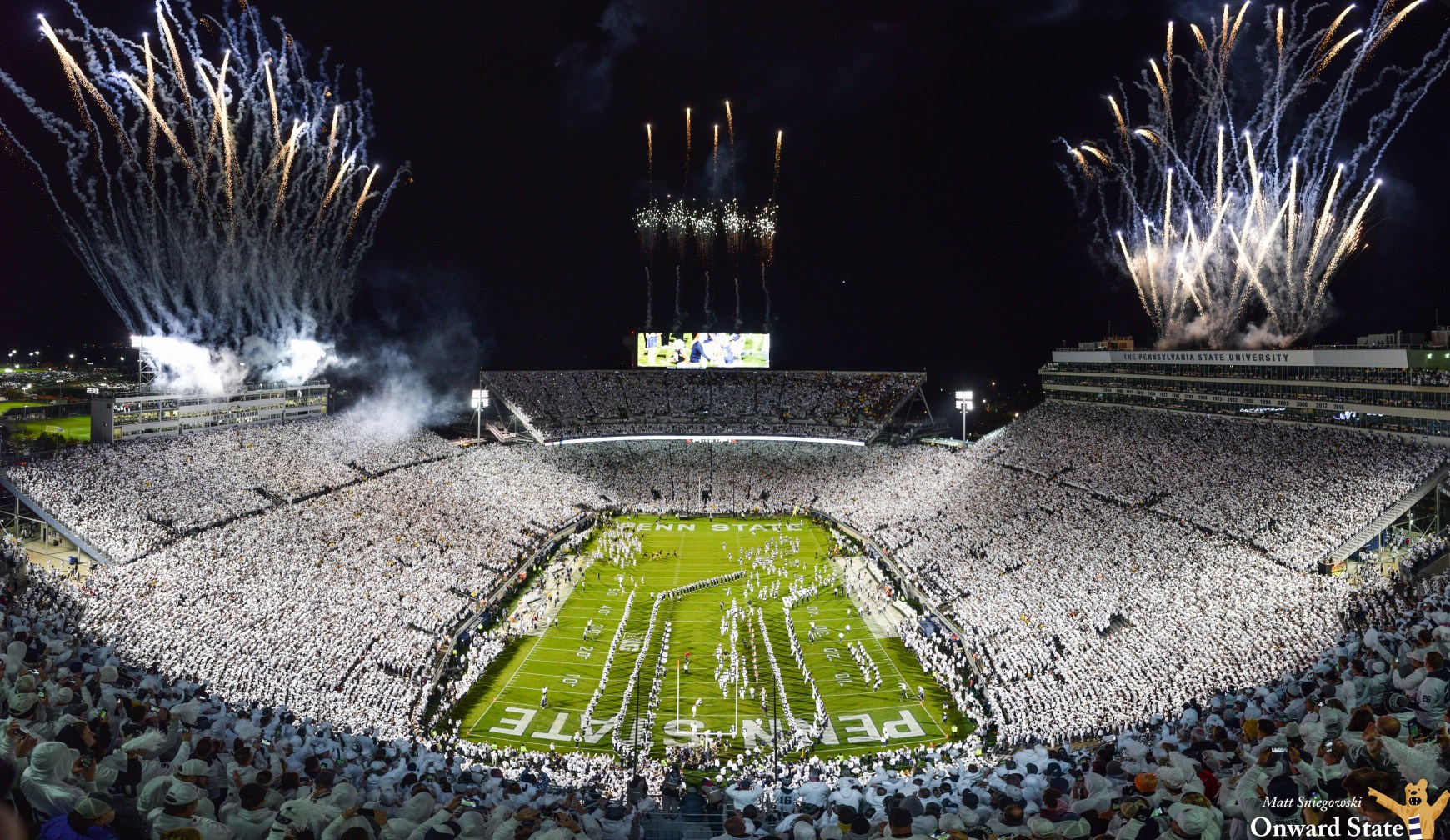Universities playing major college sports have rapidly hit the point where the numbers have become so big, the dollars so high, that schools need to admit that the current model is no longer representative of the old amateur athletics model.
These universities are in the sports entertainment business. And the most important talents in that business are the lowest compensated of all the people in the business. College players now see that truth. The only reason they’ve not been able to leverage that is because they lack an organizational structure to make their demands heard.
The turning point was the 2020 COVID pandemic season. While many schools were still teaching remotely, these players were practicing, traveling and playing games to empty or half-empty stadiums. The games had to be played for television. As the players and their families noticed all of this going on, they started to realize more than ever just how important they were to the college sports business model.
In 2022, conferences are realigning. TV rights fees are being renegotiated. Coaching contracts are like a runaway train. A 12-team college football playoff is coming.
Fears just over the horizon are driving the many changes converging now.
Agents are demanding nine figure annual salaries and 10-year head football coaching contracts. They know that massive upheaval is coming in the college sports business model—including revenue sharing—so they want to lock away their salaries from being lowered to help pay for revenue sharing.
College Presidents and conference commissioners are all on board with the new playoff. Fans love it, coaches love it. But why the unexpected rush to get this done now?
Same situation. If the players get revenue sharing and some form of collective bargaining, they could leverage a huge chunk of that new playoff model. So the rush is on to get the playoff deal done now before any other interested parties are sitting at the table.
Which brings us to this point: you know who did not have a say in the playoff negotiations?
The players. They’re being asked to play three or four games in this playoff and it may not end there.
If the Big Ten or the SEC go to 20 teams, then it may be likely that they will have to go to four five-team divisions and have a four-team playoff just to win the conference title. That adds another game. So if we stay at 12 regular season games, two games for a conference playoff and three or four for the College Football Playoff, now you’ve reached 17 or 18 games.
Are we comfortable asking 18-to-22 year old football players to play 17 to 18 games to generate revenue to support 10-figure salaries for head coaches, and seven-figure salaries for offensive and defensive coordinators.
It’s easy to forget that this is college football, a sport that is supposed to be played by student-athletes seeking a meaningful college education.
With that in mind, we turn to the academic side of this. The latest U.S. News and World Report Best Colleges rankings came out this week. Some can argue their methods or data, but for our purposes we’ll ignore that and just pretend they are like the College Football Playoff Committee. And like that committee they are human, they may make mistakes, and we can all argue about the final product.
Using these rankings we’ve put together a 12 team FBS College Academic Playoff. Just like the new College Football Playoff, the Top 6 Conference Champions will get automatic bids along with 6 at-large teams.
The six conference highest-ranked champions with their US News ranking are:
ACC: Duke #10
Big 12: Texas #38
Big Ten: Northwestern #10
Pac 12: Stanford #3
SEC: Vanderbilt #13
Conference USA: Rice #15
And your six at-large teams are:
Notre Dame #18
Cal #20
UCLA #20
Michigan #25
Virginia #25
USC #25
And those rankings mean the seedings are as follows:
#1 Stanford versus the winner of #9 Michigan at #8 Cal
#2 Northwestern versus the winner of #10 USC at #7 UCLA
#3 Duke versus the winner of #11 UVA at #6 Notre Dame
#4 Vanderbilt versus the winner of #12 Texas at #5 Rice
Looking at these brackets, it would sure give the playoff field a different feel. The Pac-12 has four teams, the Big Ten and ACC have two each and the Big 12, SEC and Conference-USA have one team each. And of these 12 teams, only two of them (Michigan and Notre Dame) have made the current College Football Playoff in its eight-year history.
Academic and athletic success are a difficult balance in big-time college sports. A quick look at these academic playoff rankings, and a look at the current state of big-time college football only highlights that challenge.
Amid the major changes both now and over the horizon, finding the proper balance between the academic mission and athletics will be an existential challenge at schools across the country.



